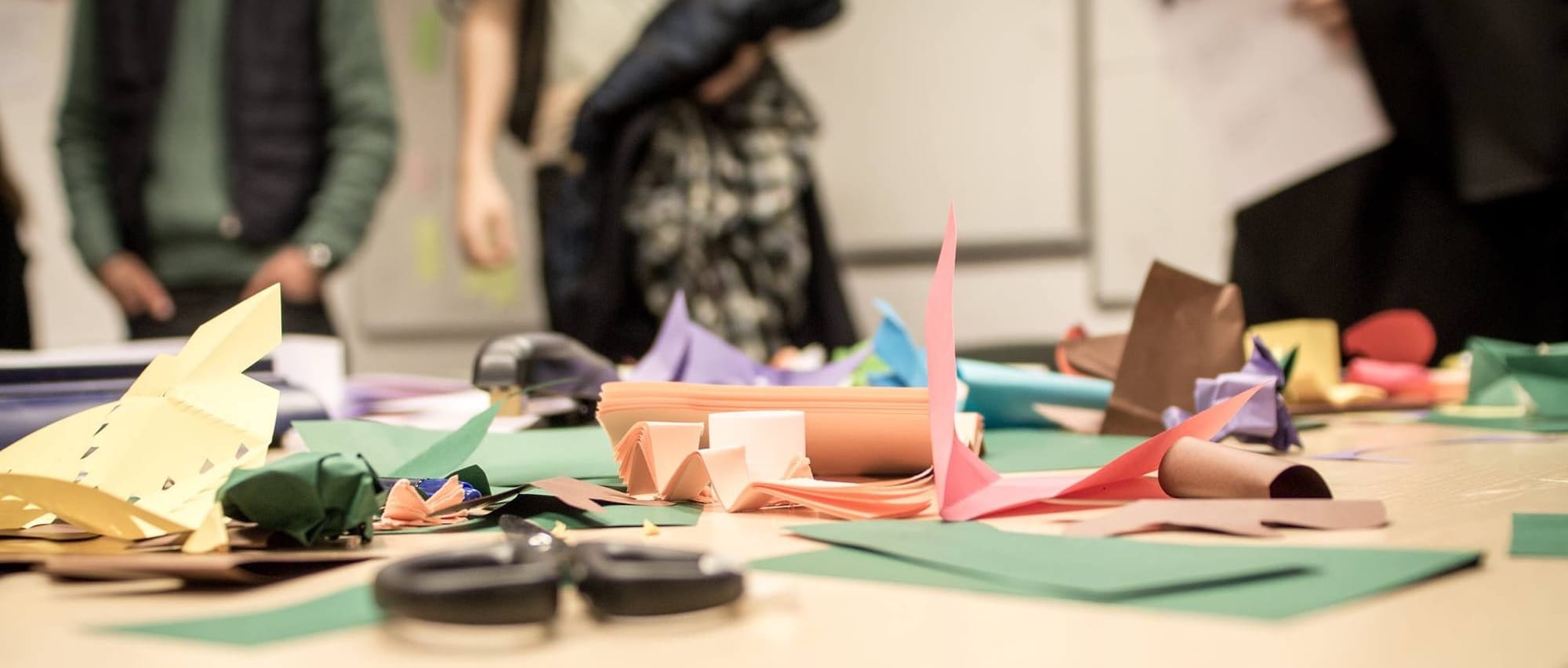Recent study shows no effect of aesthetics on usability, but instead highlights a significant effect of occasion and that participants’ perceptions of their own improved performance accounted for increased usability scores.

This is one of the biggest discussion amongst designer, whether or not aesthetics play a role in usability. Since Kurosu and Kashimura (1995) study several studies showed a correlation between the interface’s visual attractiveness to users’ perception of usability.
A Faulty Reasoning Lead To Myth Creation
One of the recurring fallacy we can hear sometimes from some designers comes from a shortcut: if doing visually appealing interfaces increases usability perception, then aesthetics = usability. Therefore it becomes a justification for doing only the first, assuming the latter is then covered. And how many times did I heard the same faulty reasoning to justify not measuring user experience and usability… Well, of course, no studies ever stated anything like that and ironically you would need proof to support both statements, meaning you would have to measure both attractiveness AND usability of your interface.
Fortunately, most renowned figures of the community are more parsimonious on that matter, emphasizing that we should take care of both aspects to guarantee good user experience. In their article “The Aesthetic-Usability Effect” (2017), Nielsen Norman Group while talking about “users being more tolerant to minor usability issues when they find an interface visually appealing” yet urges on the limitations of such effect.
The Aesthetic-Usability Effect
It's a familiar frustration to usability-test moderators: You watch a user struggle through a suboptimal UI…www.nngroup.com
Aesthetics And Perceived Usability
A study published in the Journal Of Usability Studies, “Exploring the Boundary Conditions of the Effect of Aesthetics on Perceived Usability” by J. Grishin and D. Gillan (2019, February), specifically focused on the link between aesthetics and user judgment on usability. The author’s motivation can be summarized in this statement:
“Even though a correlation between aesthetics and usability was demonstrated in much of the research (e.g., De Angeli, Sutcliffe, & Hartmann, 2006; Tractinsky, 1997), there were few experiments that manipulated aesthetics and usability as separate variables. As a result, a causal relationship between aesthetics and users’ perceptions of usability has not been sufficiently established.”
The study comes back on the original Kurosu and Kashimura (1995) study by specifying that the study originally didn’t start out as an investigation of
aesthetics, but as an attempt to study the relationship between inherent usability and something Kurosu and Kashimura called “apparent usability”. The apparent usability being how much an interface looks easy to use, while the inherent usability refers to an interface intentionally designed to be efficient, safer, and easier to understand. Yet, even tho the study showed a correlation between apparent usability and the perceived “beauty” of the interface, J. Grishin and D. Gillan (2019) question the direct implication of aesthetics on the apparent usability.
“Although Kurosu and Kashimura found that apparent usability correlated highly with beauty, this observation does not establish that interface aesthetics directly influences apparent usability. In fact, the reverse — that apparent usability might cause users to perceive greater beauty in the interface — might be true. Or, perhaps the relation between apparent usability and aesthetics is spurious.”
Aesthetic-usability effect - Wikipedia
The aesthetic-usability effect describes a paradox that people perceive more aesthetic designs as much more intuitive…en.wikipedia.org
Furthermore, the authors highlight the lack of studies that manipulated aesthetics and usability as independent variables and with multiple observations.
“Based on the findings from previous studies, it was unclear under which circumstances the aesthetics of an interface affects users’ perceived usability, or the direction of the relationship. Most studies were correlative and did not attempt to manipulate aesthetics and usability as independent variables. Hassenzahl (2004) and van Schaik and Ling (2009) suggested a causal relationship between aesthetics and usability, but this was mostly theoretical conjecture, and it remained untested, leading Hassenzahl and Monk (2010) to conclude that there was a lack of studies that tested the effects of aesthetics on usability through experimental manipulation.”
The Results
In definitive, the authors aimed to address those points. Interestingly, the study failed to show the hypothesized effect.
“Interestingly, a chi-square test for Observation 1 of Experiment 2 did show a significant effect of aesthetics not on perceptions of usability or aesthetics, but on performance. However, […] all four observations of Experiment 2 combined failed to show the same effect of aesthetics on performance, and a chi-square test for Experiment 1 similarly failed to show an effect of aesthetics on performance.”
The authors further discuss the possible reasons behind these results. One of the explanation would be that the effect does exist, depending on the context, but is really weak. Another explanation would be that in previous studies the initial judgment of the participants’ perceived usability might have influenced the rating of visual attractiveness. Finally, the authors highlight the fact that participants who rated perceived usability with high score could have had a tendency to give higher score in general, therefore creating a spurious correlation.
Exploring the Boundary Conditions of the Effect of Aesthetics on Perceived UsabilityJUS
A growing body of usability research suggests that the aesthetics of a system affects users' perceptions of the…uxpajournal.org
Conclusion
What does it mean for designers? Well, more than ever it shows that measuring and testing both visual appeal AND usability (perceived and effective) is really important. Whether the aesthetic–usability effect exists or not, designers should acknowledge its limitations and weaknesses. If visual appeal could reduce some small usability issues, it can’t be overstated that a usable interface is preferable over purely aesthetic aspects on itself.
As a reminder, the SUS is a great standardized way of measuring usability and brings many benefits, such as being scalable and consistent over all kind of interfaces, and works well even on small population set. On the other hand, performing on regular basis user tests with basic usability scoring and users’ impression questionnaire at the end is a good first step in measuring your design decisions.
Advanced Common Sense - Rocket Surgery Made Easy
Steve Krug's second book, Rocket Surgery Made Easy, explains exactly how to do your own fast, effective, low-cost…sensible.com
References
- Journal Of Usability Studies, February 2019: Volume 14, Issue 2
- J. Grishin and D. Gillan (2019, February), Exploring the Boundary Conditions of the Effect of Aesthetics on Perceived Usability
- Nielsen Norman Group (2017), The Aesthetic-Usability Effect
- M. Kurosu and K. Kashimura (1995), Apparent usability vs. inherent usability experimental analysis on the determinants of the apparent usability
- M. Hassenzahl & A. Monk (2010), The Inference of Perceived Usability From Beauty
- P. Schaik & J. Ling (2009), The role of context in perceptions of the aesthetics of web pages over time (see also a free-access version here)
- System Usability Scale (SUS), Usability.gov and System Usability Scale on Wikipedia
- User Testing How To → “Rocket Surgery Made Easy: The Do-It-Yourself Guide to Finding and Fixing Usability Problems”, Steve Krug (2010)
Thanks for reading!
This article was first published on Design & Critical Thinking.













Discussion